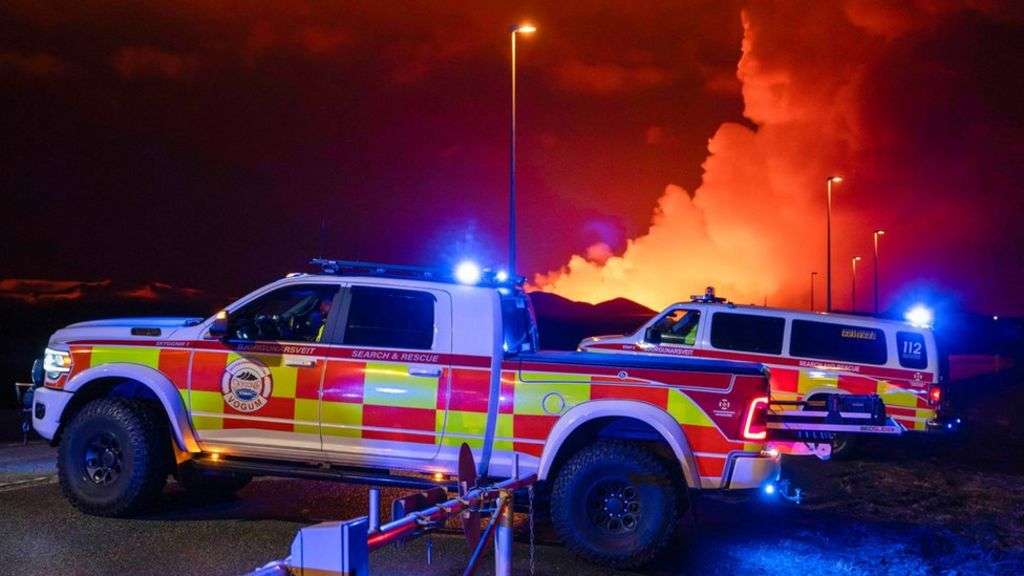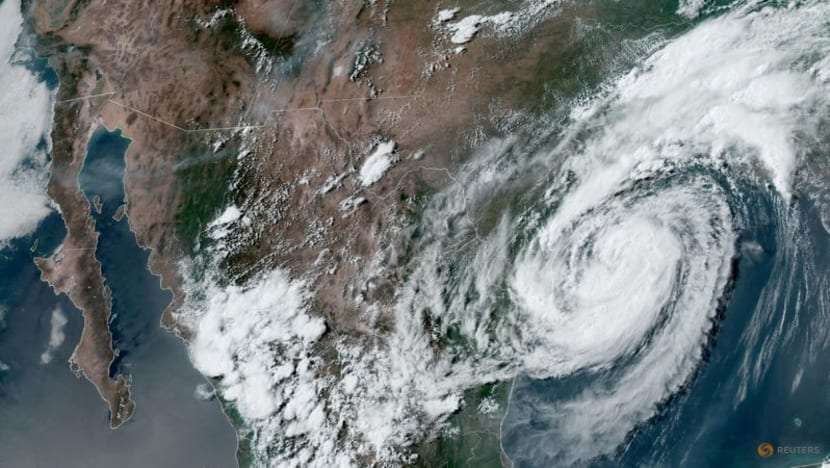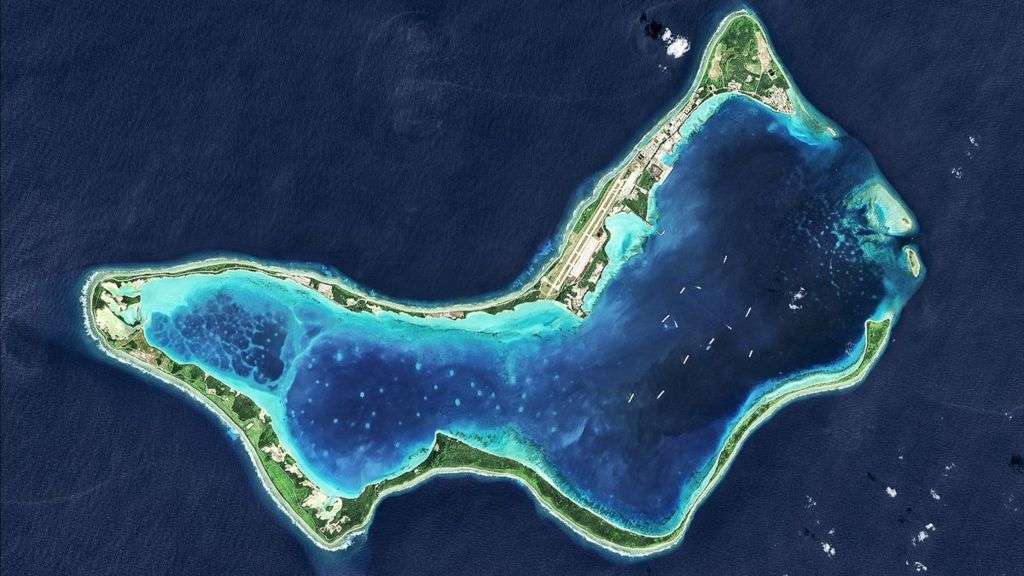A state of emergency has been declared in southern Iceland after another volcanic eruption on the Reykjanes Peninsula - the fourth since December. Lava has reached the eastern defences around the small, evacuated town of Grindavik, local media said. The powerful and fast lava flows began late on Saturday - but the authorities say they have since diminished significantly. Activity around the fissure - initially 3km long (1.9 miles) - has dissipated.
Iceland's Meteorological Office said the streams of lava were still flowing on Sunday, but the rate at which they were moving had begun to slow down.
The director of Iceland's civil defence, Vídir Reynisson, said all that could be done to prepare for the flow of lava had been done, and the biggest concern was the impact on infrastructure.
Pools of lava gathering near defences were also of concern, he added.
The eruption began after 20:00 local time (20:00 GMT) on Saturday, north of Grindavik, according to the country's civil defence service,
This is a similar location to the eruption that began on 8 December.
Footage of the explosion showed clouds of smoke and glowing magma oozing and bubbling from vents in the earth.
The explosion has not affected the main international airport, which lies to the north-west of Grindavik.
Geophysicist Magnus Tumi Gudmundsson, who was among those to fly over the affected areas in a helicopter, told local media that Saturday's eruption was the most powerful so far.
Two lava streams have been moving west and south. Local media reported that lava from the latter had reached Grindavik's eastern defence walls.
Mr Gudmundsson said it was also possible lava could flow into the sea, but that this may not happen if the volcanic activity eases.
Einar Bessi Gestsson, a natural disaster expert at the Norwegian Meteorological Agency, has told Iceland's public broadcaster RUV that dangerous gases and small explosions could occur if lava makes contact with sea water.
Meanwhile, the lava moving west is heading in the direction of the Blue Lagoon and a geothermal power plant, which provides hot water for most of the Reykjanes Peninsula.
The Icelandic Met Office said this lava bed was "significantly wider" than in February, when an earlier eruption caused lava to flow in a similar direction.
Many protective embankments have been built around both, the head of the Reykjavik-based Nordic Volcanological Centre, Rikke Pedersen, told Reuters.
There are concerns that fibre optic cables on the road could be damaged - causing disruption to phone and internet services.
The Blue Lagoon is closed until further notice as a precaution. There were between 500-600 people in the area when Saturday's eruption happened, Ms Pedersen said.
Between five and 10 homes in Grindavik were also cleared.
The town's roughly 4,000 residents were only allowed to return to their homes about a month ago after an eruption in January saw magma spread into the town, destroying three homes.
Most of them have chosen not to return.
Iceland has 33 active volcano systems and sits over what is known as the Mid-Atlantic Ridge, the boundary between two of the largest tectonic plates on the planet.
The last time the Reykjanes Peninsula had a period of volcanic activity was 800 years ago - and the eruptions went on for decades.
This is now the seventh eruption since 2021, and scientists believe the area is entering a new volcanic era that could last for decades or even centuries.








